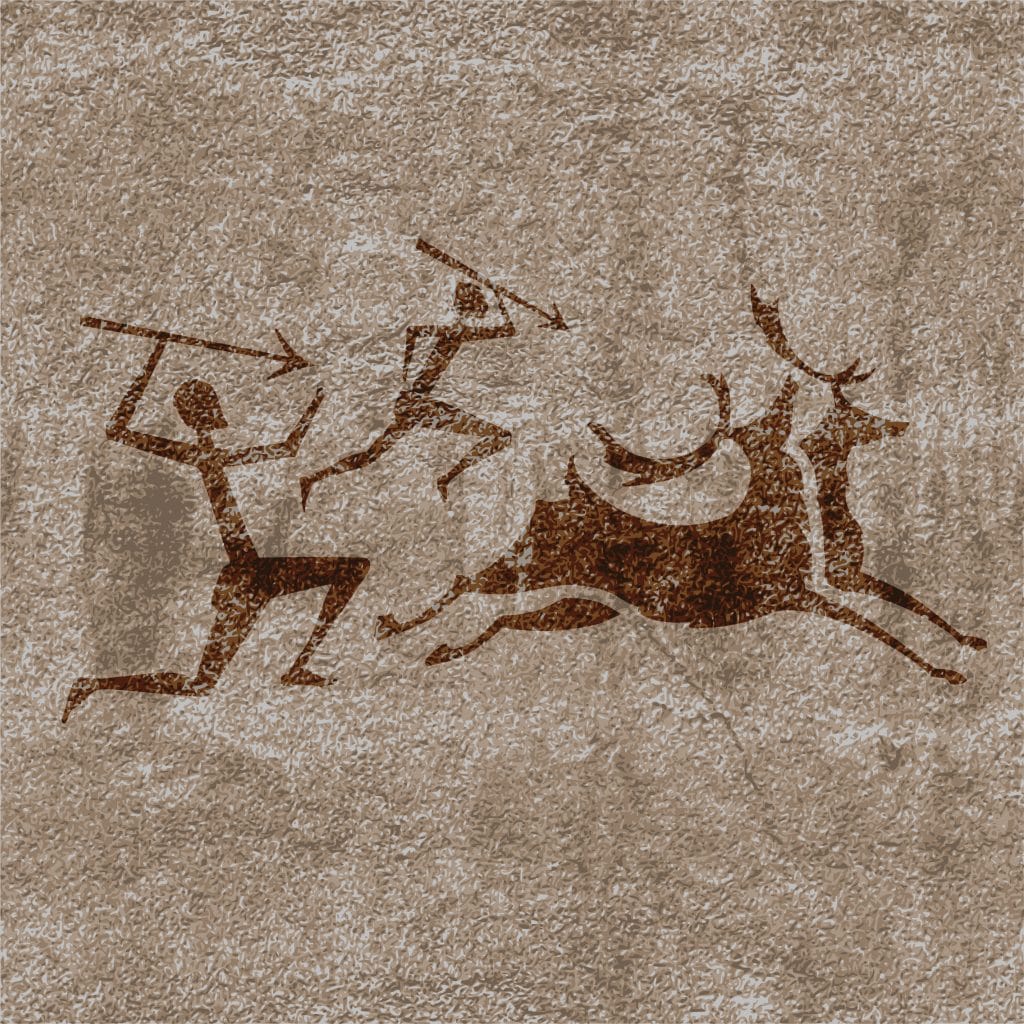Is The Paleo Diet Unhealthy? We feel compelled to respond to this study out of Melbourne, Australia and published in the...

Is The Paleo Diet Unhealthy? We feel compelled to respond to this study out of Melbourne, Australia and published in the...
© 2025 jackomd180. All rights reserved.